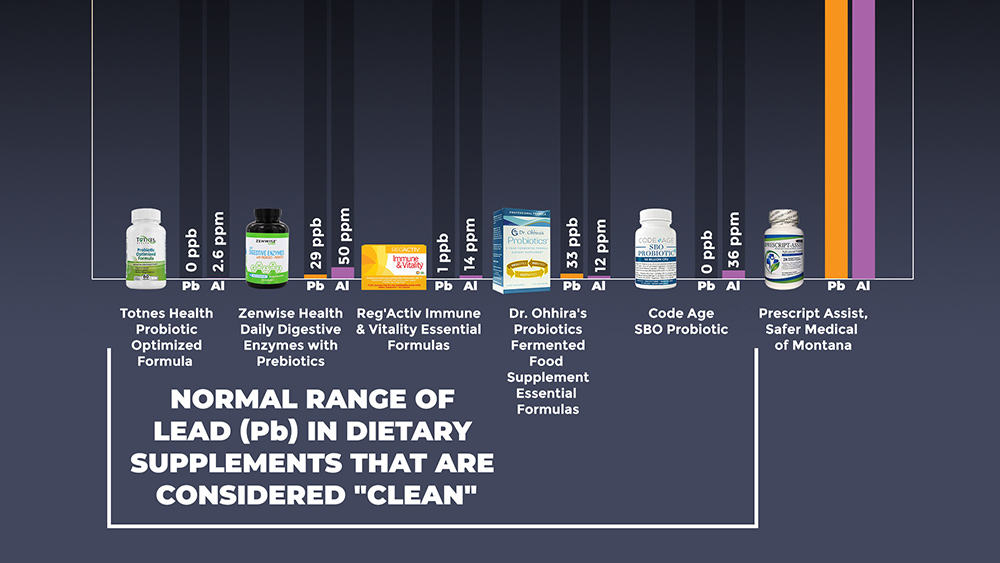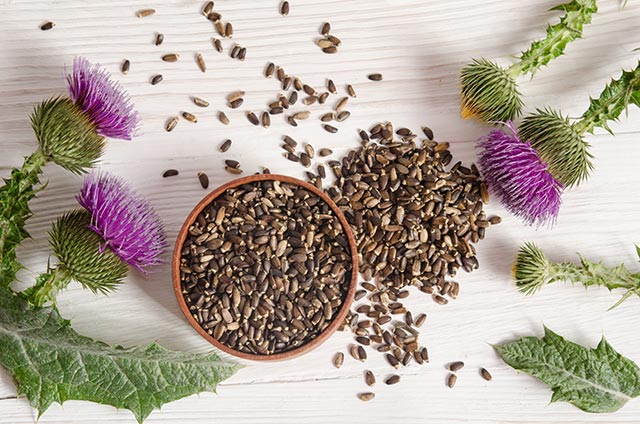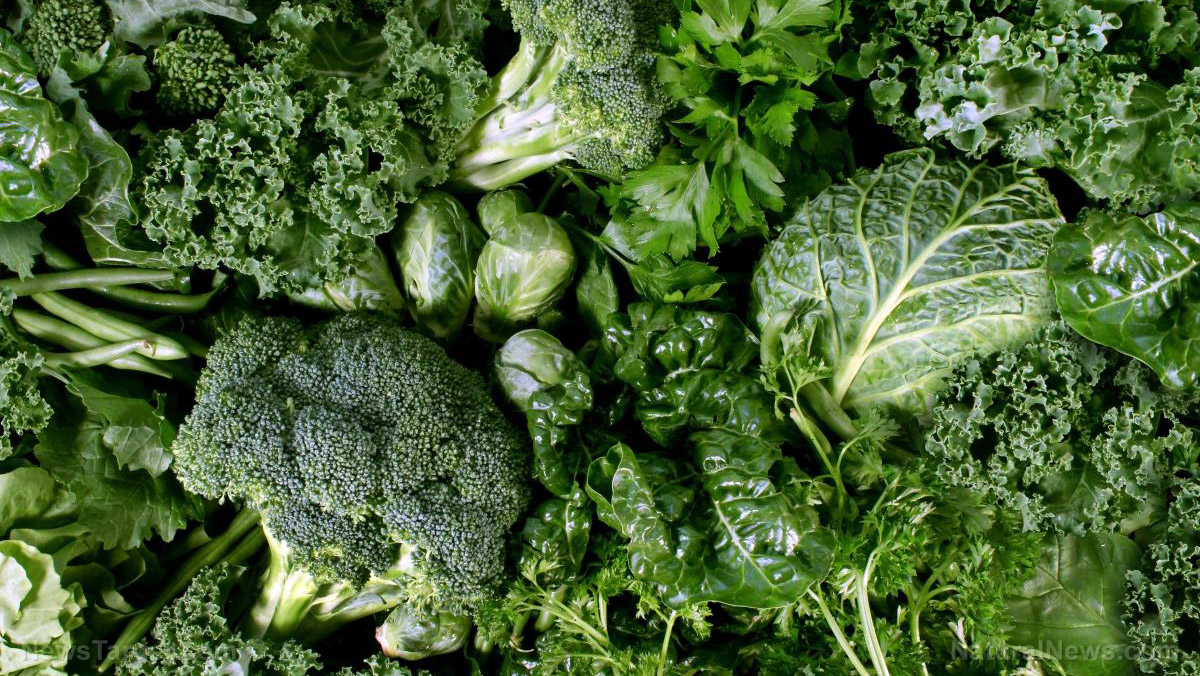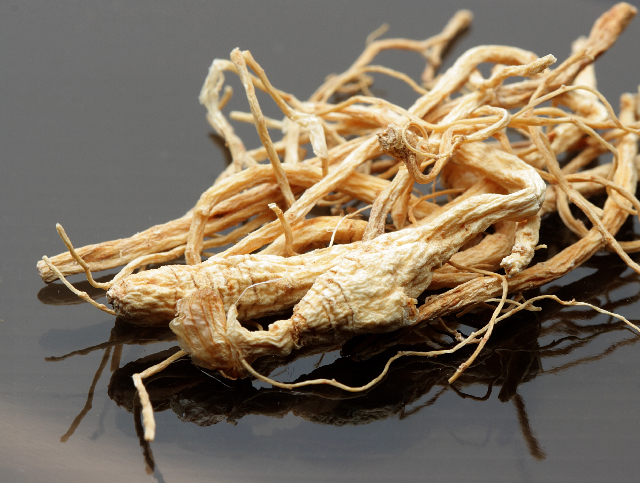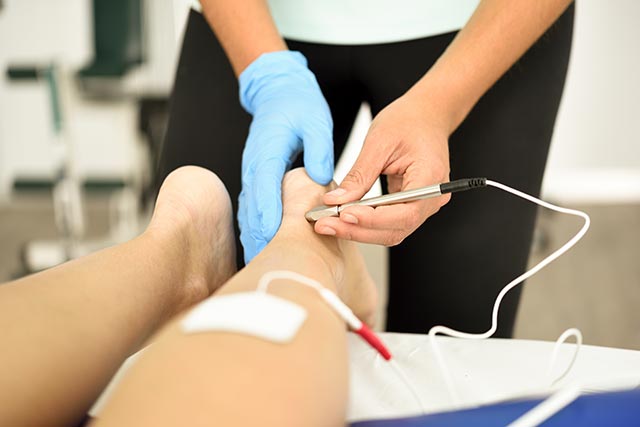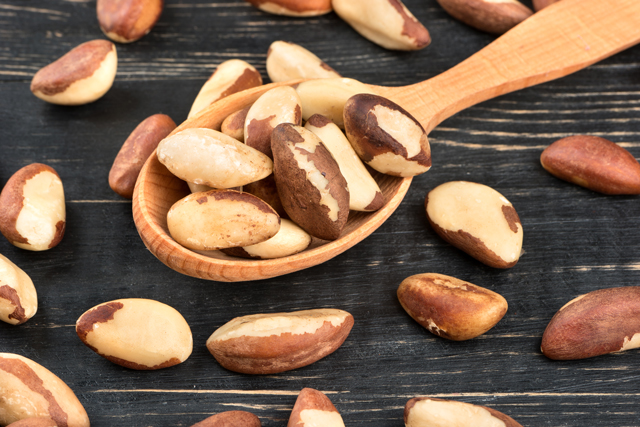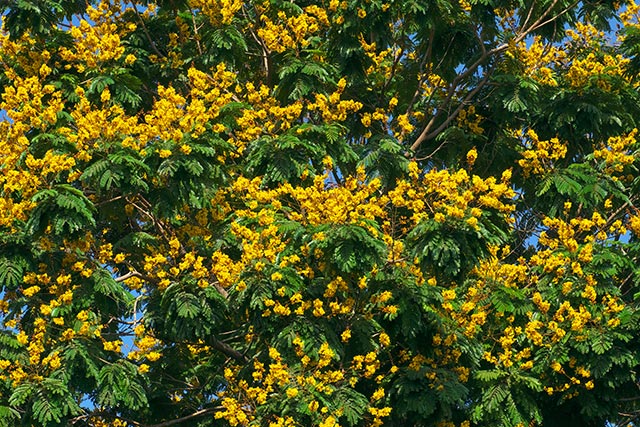Ancient soil bacteria holds key to preventing modern superbugs
08/15/2019 / By Stephanie Diaz
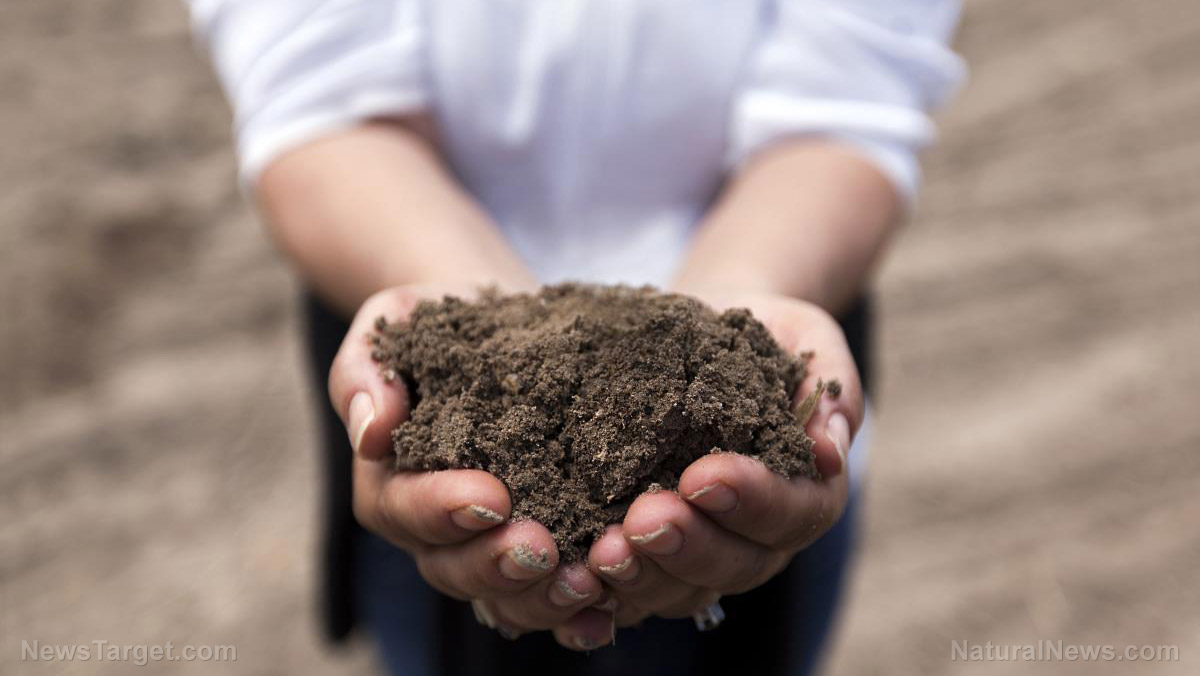
Researchers from Swansea University Medical School in the U.K. have discovered a new type of bacteria that can inhibit more than half of the top antibiotic-resistant pathogens. In the study, which was published in Frontiers Microbiology, a team from the U.K. and Croatia analyzed an area in Ireland that is thought to have medicinal properties and found the new strain, which they named Streptomyces sp. myrophorea.
To date, antibiotic resistance is one of the world’s biggest problems. Microorganisms are evolving at a rapid rate and developing defense mechanisms against drugs that are meant to defeat them. The Centers for Disease Control and Protection (CDC) reports that at least 23,000 people die from drug-resistant infections every year.
A sweet-smelling hope against superbugs
The soil sample that the researchers analyzed came from a place called Boho Highlands in Northern Ireland. The area was once occupied by the Druids, who came a few thousand years after the Neolithic people first called this place home. It is an area of alkaline grassland, and its soil is believed to have therapeutic properties. Traditionally, the Irish wrapped a tiny amount of soil in a cotton cloth and used it to treat illnesses such as throat, tooth, and neck infections. (Related: Medicinal clay used by Native Americans shown to be more effective than overused antibiotics.)
The recent study aimed to investigate the efficacy of Streptomyces sp. myrophorea against the ESKAPE pathogens, the top six bacterial strains identified by the World Health Organization (WHO) to be the leading cause of infections. The moniker comes from the first letter of their names: Enterococcus faecium, Staphylococcus aureus, Klebsiella pneumoniae, Acinetobacter baumannii, Pseudomonas aeruginosa, and Enterobacter.

|
Discover how to prevent and reverse heart disease (and other cardio related events) with this free ebook: Written by popular Natural News writer Vicki Batt, this book includes everything you need to know about preventing heart disease, reversing hypertension, and nurturing your cardiac health without medication. Learn More. |
ESKAPE microorganisms are composed of both gram-positive and -negative bacteria. These two categories are based on the structural differences between these two pathogens. Gram-positive bacteria have an outer membrane called peptidoglycan or murein; whereas, gram-negative bacteria have a thin layer of peptidoglycan and a thick outer membrane composed of lipopolysaccharide component. This component is mainly impermeable, making gram-negative bacteria more resistant to antibiotics.
The findings also highlight the need to look at traditional medicine to find new compounds that can inhibit the growth of these pathogenic bacteria. While it is an emerging science, the researchers believe that their work is a significant step towards winning the fight against these antibiotic-resistant pathogenic bacteria.
“Our results show that folklore and traditional medicines are worth investigating in the search for new antibiotics. Scientists, historians, and archaeologists can all have something to contribute to this task,” said co-author Paul Dyson. “It seems that part of the answer to this very modern problem might lie in the wisdom of the past.”
They also believe that their discovery will create an avenue to develop natural medicines to treat severe infections brought about these pathogens. Researchers are hopeful about the future of natural based antibiotics.
“We will now concentrate on the purification and identification of these antibiotics,” added co-author Gerry Quinn.
“We have also discovered additional antibacterial organisms from the same soil cure, which may cover a broader spectrum of multi-resistant pathogens.”
Learn more about scientific breakthroughs on traditional cures at Science.news.
Sources include:
Tagged Under: alternative medicine, ancient soil, bacteria, ESKAPE, Gram-negative bacteria, infection, multi-drug resistance, natural cures, natural medicine, pathogens, remedies, research, soil, traditional medicine, wintergreen

